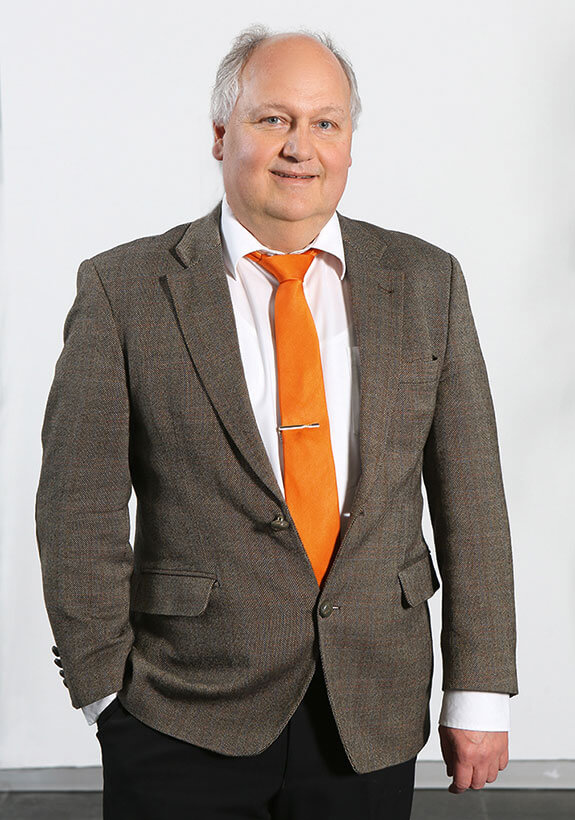
Dossier
Bring on the CO₂
Specialty chemicals made with renewable energy and CO2—a dossier about how that works.

Renewable sources of energy
How to Connect Sectors
In the future, heating, mobility, and electricity must be linked more closely together—with chemistry playing a key role.

Energy supply
The energy transition worldwide
Every country needs energy. A look at how other countries generate electricity.

Sustainable production
How green chemistry is created
The infographic shows how electrolysis and fermentation produce butanol and hexanol.
ELEMENTS Newsletter
Get fascinating insights into the research Evonik is conducting, and its social relevance, by subscribing to our free newsletter.


